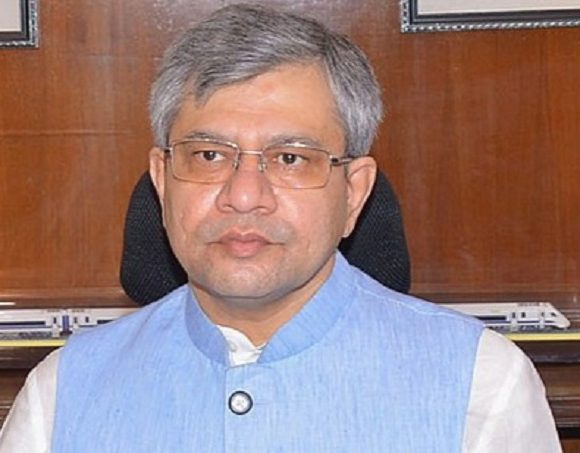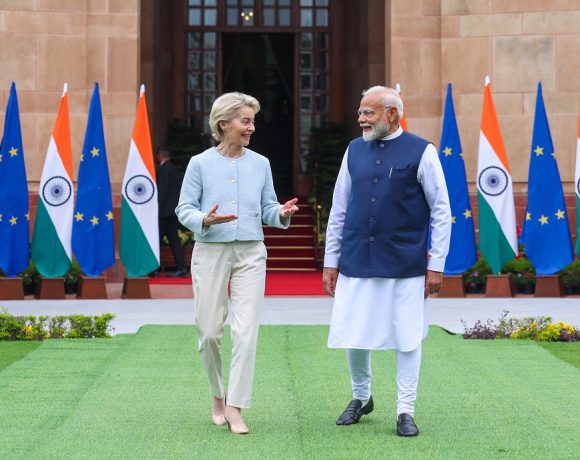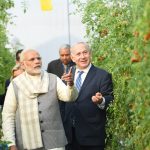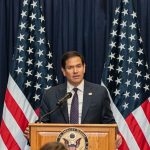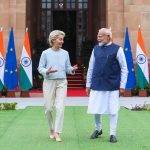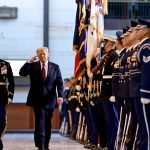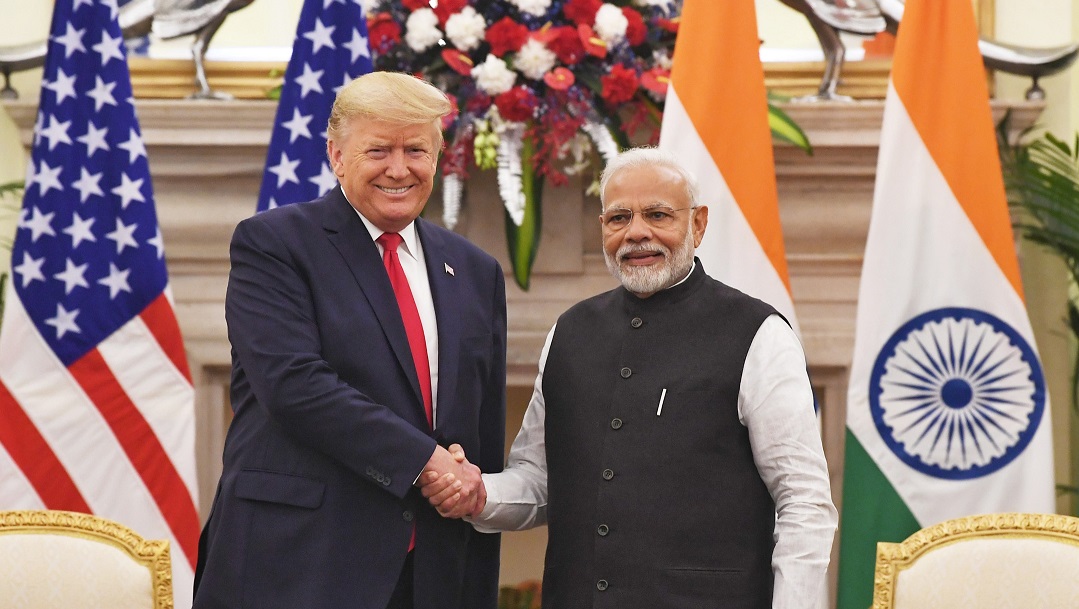
Trump-Modi Ties Boost Trade Deal Talks
Amid growing strategic alignment between Washington and New Delhi, the White House has confirmed that a long-anticipated trade agreement between the United States and India is nearing completion. With only days left before a crucial tariff deadline, both countries are said to be finalising the terms of an “early harvest” deal that could reshape bilateral trade ties for the next decade.
US-India Trade Deal “Very Close”
White House Press Secretary Karoline Leavitt stated that “India remains a very strategic ally in the Asia Pacific and the President has a very good relationship with Prime Minister Modi, and he will continue to have that.” She added that the trade agreement was nearing conclusion and that “you’ll hear from the President and his trade team very soon when it comes to India.”
These remarks come as both countries race to conclude talks before a July 9 deadline, which would trigger reciprocal tariffs of up to 26 percent on several Indian goods entering the US market. Officials have indicated that most of the contentious issues have been resolved, though a few remain under political consideration.
Agriculture and Dairy Remain Sticking Points
While progress has been made, key sectors remain sensitive. Indian negotiators have reportedly held firm on domestic red lines, particularly regarding agriculture and dairy. Finance Minister Nirmala Sitharaman has reiterated that “agriculture is a red line” and will not be compromised in the interest of foreign market access.
On the US side, the push remains for expanded access to India’s markets in sectors like automobiles, medical devices, ethanol, and pharmaceuticals. India is also seeking greater flexibility in sectors like services, energy, and IT, as well as relief from existing tariffs on steel and aluminium.
Trump and Modi Drive Diplomatic Momentum
The relationship between President Trump and Prime Minister Modi has played a pivotal role in moving negotiations forward. Their meeting earlier this year in Washington laid the groundwork for the trade deal, with both leaders committing to a shared vision for a $500 billion bilateral trade target by 2030. Their rapport, officials believe, has enabled negotiators to bridge gaps that once seemed insurmountable.
Indian officials maintain that national interest remains paramount in all negotiations. External Affairs Minister S. Jaishankar, currently in the US for the QUAD Foreign Ministers’ Meeting, has underlined that “relationships will never be free of issues,” but mutual respect and shared strategic goals make resolution possible.
A Deal to Watch
With expectations high, the coming days could see the official unveiling of a limited but high-impact trade agreement. If signed, the deal would not only ease trade tensions but also symbolise a deeper strategic convergence between the world’s two largest democracies. As global economic alignments shift, this deal could serve as a model for future North-South cooperation built on mutual respect, national interest, and visionary diplomacy.


